What You Should Know About Fall Protection
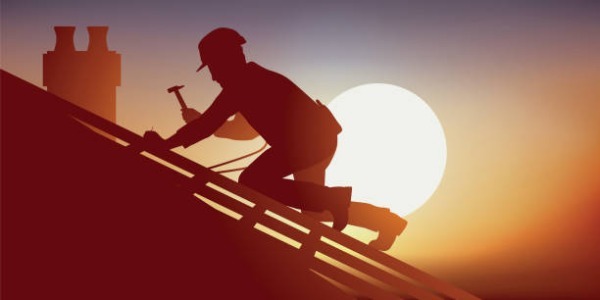
Everyone in the construction business is well aware that falls are the number one cause of death in the industry.
Of the 1,008 construction deaths in 2018, 338 were the result of falls.
Fall protection systems are vital in giving workers the essential safety tools they need and reducing the number of injuries and fatalities caused by work-related falls.
The U.S. Department of Labor’s Occupational Safety and Health Administration, or OSHA, requires that employers ensure safe workspaces free of hazards. In addition, every worker has a right to fall safety training and employers must provide fall protection near hazards.
Where specific jobs require them, employers must also provide handrails, harnesses and safety nets.
Failure to protect your workers against falls can result in harsh penalties and fines. Unfortunately, falls can also put your business at a higher risk of employee injury or death.
The path to safety begins with a good safety program. A good, organized safety training program will not only engage employees but really will keep them safer and prevent falls.
Use both hands-on safety training and use a learning management system or LMS. That is an online platform that can be used in multiple ways in multiple locations.
Be sure to include seasonal and temporary workers in these training programs. They are key to your work crew, especially during those busy times of the year and they deserve safety training just as much as full-time employees.
Build a thriving safety culture
Companies should focus on processes and procedures to guide their operations. Also, focus on the attitudes and behaviors of every employee. It is not just about creating new safety rules but a new way of thinking to ensure buy-in from employees. They need to realize the importance when it comes to fatality and injury prevention.
A culture of safety is a collection of attitudes, values, beliefs and norms that form an organization’s safety-related behaviors.
By establishing a culture of safety, you are involving senior management and stakeholders. Senior managers are responsible for securing buy-in from supervisors, who will then get a commitment from front-line workers.
Some hot spots for falls
-
Mezzanines, often used in warehouses but not always structurally sound.
-
Loading docks. A quarter of all warehouse injuries take place on loading docks.
-
Skylights and other holes. Many more facilities install skylights to take advantage of natural light, but as roof holes, they can be a danger to employees. In addition, they create an increased fall risk.
Keep fall equipment up to date
First, establish your culture of safety and identify any high-risk areas on the job site. Then, you can begin to focus on your safety equipment, fall protection devices.
Invest in durable, dependable, robust fall protection systems to help you reduce the risk of injuries on elevated platforms and mezzanines.
Research and carefully evaluate the equipment providers before purchasing this equipment to ensure it is cost-effective and reliable.
Disclaimer: The information contained in this article is for general educational information only. This information does not constitute legal advice, is not intended to constitute legal advice, nor should it be relied upon as legal advice for your specific factual pattern or situation.
Trent Cotney is an advocate for the roofing industry, General Counsel of the National Roofing Contractors Association (NRCA) and several other industry associations. For more information, contact the author at 866.303.5868 or go to www.cotneycl.com.

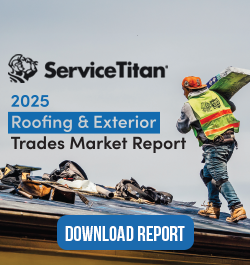











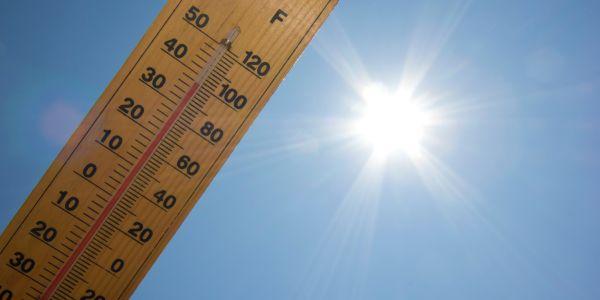
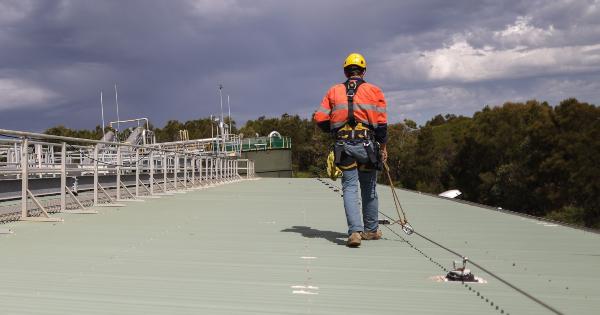
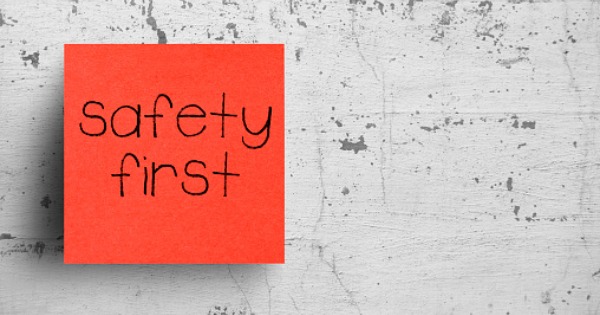





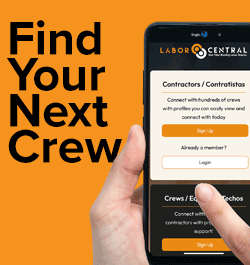
Comments
Leave a Reply
Have an account? Login to leave a comment!
Sign In